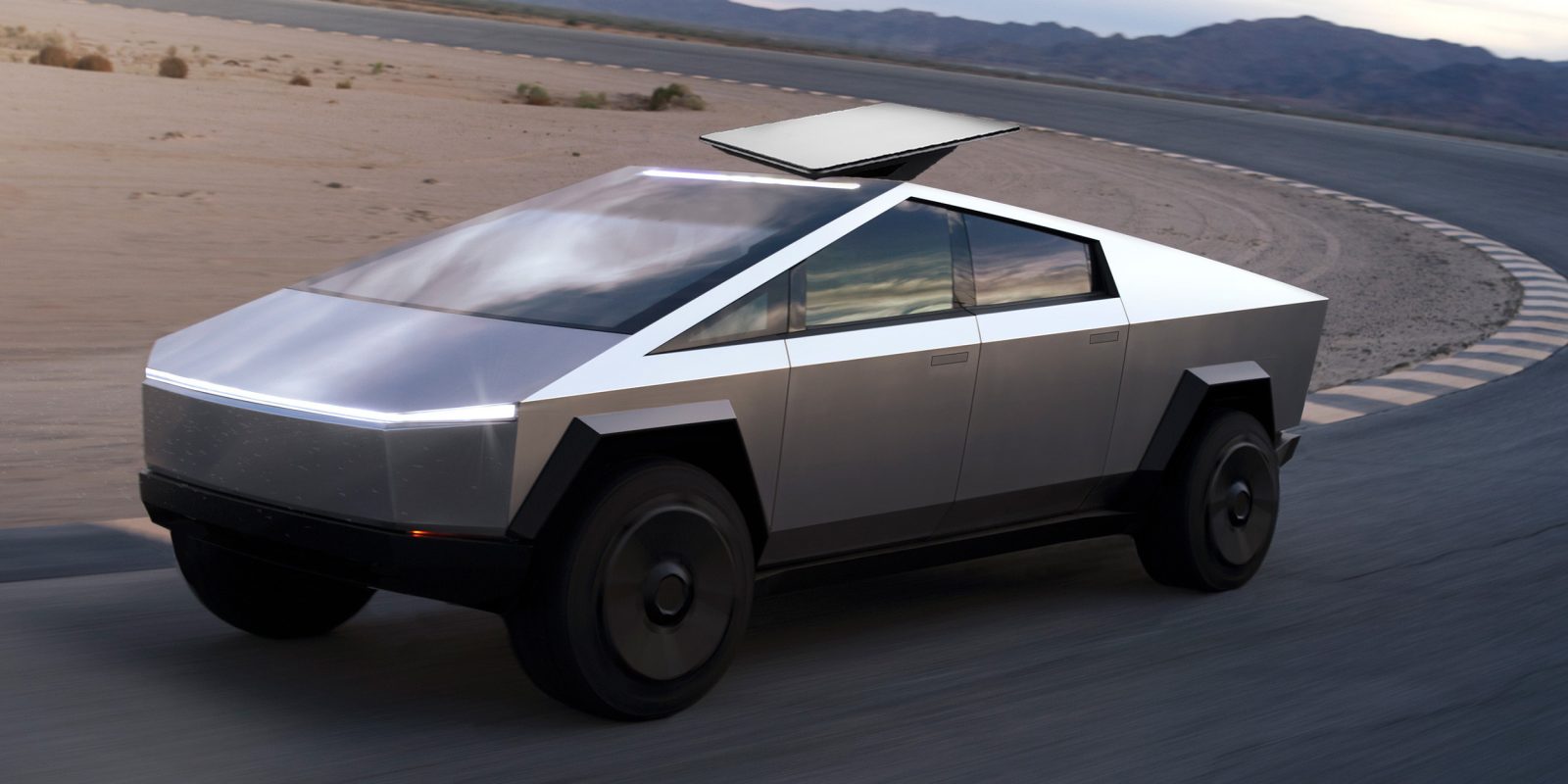Elon Musk brings whole new meaning to ‘high speed’ satellite internet with vehicle-optimized Starlink terminal

One of the options Starlink customers have been waiting on, for quite a while, is the ability to use Starlink terminals while in motion. With Starlink Maritime the company released the ability to use the high-speed internet while in motion out at sea, but at last, there is an official option for customers who want to mount a Starlink terminal on top of their RV or other vehicles for in-motion use.
The post Elon Musk brings whole new meaning to ‘high speed’ satellite internet with vehicle-optimized Starlink terminal appeared first on Electrek.
One of the options Starlink customers have been waiting on, for quite a while, is the ability to use Starlink terminals while in motion. With Starlink Maritime the company released the ability to use the high-speed internet while in motion out at sea, but at last, there is an official option for customers who want to mount a Starlink terminal on top of their RV or other vehicles for in-motion use.
This capability has a very high up-front cost, however. While the service is available for $135 per month in the US, as part of the Starlink for RV tier, the up-front cost for hardware is $2,500 rather than the $599 of a typical Starlink user terminal. That isn’t for no reason though. This terminal is one of the company’s high-performance terminals, which is much larger for a better connection with satellites. Unlike the pole mounted Starlink terminals, which use a motor to do some alignment and then the fine control of the phased-array antenna, the Flat High Performance terminal has no motor or pole mount, and uses exclusively the phased-array antenna.
SpaceX says this terminal’s “enhanced GPS capability” and wide field of view allow it to connect with more satellites to create a stable connection while in motion. As it’s designed for use in motion, the flat high-performance Starlink terminal also includes a mount for the power supply and router to help keep them in place.
According to their specs, the terminal can survive winds over 174mph. I think the word “survivable” should be examined with a bit of scrutiny – just cause the terminal can survive it doesn’t necessarily mean you can expect a reliable connection at that speed (not that you’ll be mounting the terminal on an F1 car to test it).
Being the high-performance terminal, it also has improved extreme weather capabilities for melting snow and withstanding heat.
This service could be perfect for both RVers and truckers. Even if they don’t need the internet while actually on-the-move, the flat mount would allow them to have high-speed internet whenever they stop, rather than having to unpack a Starlink terminal, find a spot to set it, wire it, and wait for a connection.
While the terminal is costly, I have no doubt that many people will find it a good fit for them and purchase the package. Well before this flat high-performance terminal was released, however, users were modifying their own terminals for a similar experience.
As SpaceX continues to branch out its Starlink products, I believe it’s only a matter until they integrate Starlink data connectivity directly into Tesla vehicles. Tesla and SpaceX have had their cross-promotions plenty of times before. SpaceX launched a Tesla Roadster into space, SpaceX uses Tesla batteries in Starship to actuate flaps, Tesla referral program participants had their photos launched into space, and a limited form of Starlink connectivity will make its way to Tesla vehicles in the coming years. Initially, that will only be the same cell-phone-like connection that the V2 Starlink satellites will bring to any 5G phone. That connection is primarily for emergency calls and texts when outside of cellular connection. But as SpaceX continues to bring the cost down on the terminals, I believe there will eventually be a point that the increased cost of installing a terminal in Tesla vehicles from the factory will be outweighed by the benefits of the new Starlink customers it will attract.
Not the first flat-mount Starlink
People have even created businesses out of modifying Starlink terminals – such as Star-Mount systems. They offer a mounting kit so you can rehouse your own Starlink terminal into a flat mount. Depending on the mount type, you can either keep the terminal in mostly one piece, or cut apart the shell of the standard rectangular terminal and remove the motor and tube for an extremely thin terminal that can be installed on vehicles in a safe manner. Some of these mounts have suction cups at the four corners to allow them to suction onto even the glass-roofs of Tesla vehicles. Some people, of course, did this for their own use, but when Hurricane Ian struck Florida, Brandon Walsh of Star-Mount Systems stepped up and helped the state Hurricane Response and Relief unit to get their terminals modified for more convenient connectivity when responding to the disaster.
This is far from the first time that Starlink has been used in response to disasters, but the community effort behind the support here is worth note and worth celebrating.
There are even some great thoughtful additions to the terminal like an internal Apple AirTag to help keep track to the units in the even one could be stolen.
Even though there is now an official product from SpaceX that offers similar functionality, I’m confident some of the alternative options will have their place. Even with the cost of a standard Starlink terminal and a third party mounting solution, you’ve spent less than half as much as the low-profile higher performance terminal. The standard terminal also draws less power than the high-performance terminal, which is an important consideration for people living off-the-grid. There are certainly trade-offs either way, but I find the ingenuity of some people incredible.
